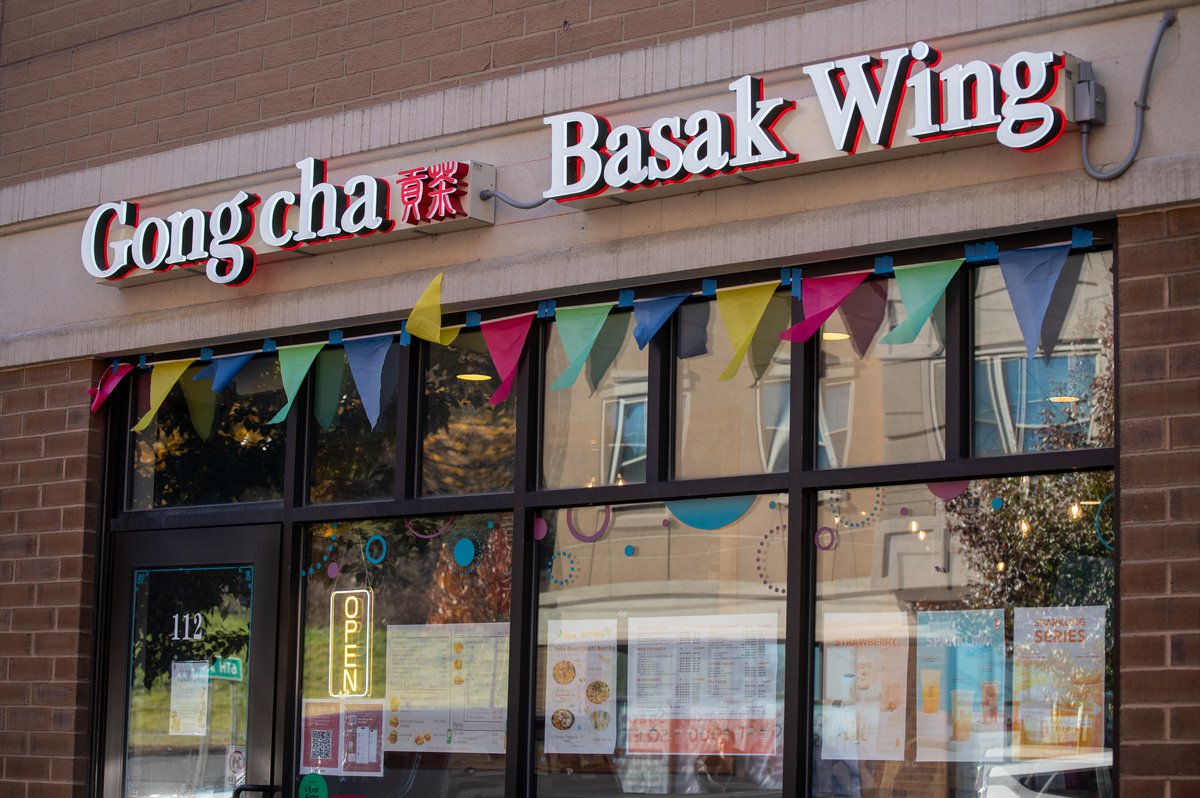Bring the convenience back to convenience stores
What do you picture when you think of convenience stores? Some may think of shelves lined with candy, soda, cheap ramen, frozen pizza or coffee—items which are considered junk food but are part of most people’s diets. Because of this, they have a massive customer base including adults after a long day of work, students trying to get something to eat besides cafeteria food, and workers trying to get early morning coffee. Found almost everywhere in the country, the convenience store model and people’s view on them have remained largely consistent over the years. But on the other side of the globe, some countries have slightly different takes on convenience store culture.
In many Asian countries, convenience stores are places where people can buy affordable but nutritious prepared foods and consume them in the store at any hour. Convenience stores often have similar foods and quality to restaurants at a fraction of the price. In many countries in East Asia, people can purchase and prepare ramen or lunch platters in sitting areas using provided microwaves and hot water boilers. Also, customers can purchase ice cups and bagged coffees or juices to quickly make their own drinks instead of waiting in line. To simplify the paying process and eliminate the need to constantly carry membership cards or other means of payment that are common in the U.S., Hong Kong’s transit card can be used to buy things in convenience stores in the absence of a credit card or cash. While the U.S. has a lack of extensive public transportation except for urban areas, the ability to reduce the number of cards carried would be pretty useful for people looking to carry less. With convenience store food videos now popularized internationally through social media and the internet, a glance at the comments often show common themes - “I need to go to that place to try that food” and “why can’t we have that here?”
Some may argue that this discrepancy relates to the differences in eating habits. In Asia many people eat primarily hot meals everyday—something less common in the U.S.—which gives no reason to provide such amenities in the U.S. However, it’s not so much the type of food served but the experience of being able to have some place to sit and eat. Why bring food home to prepare it if many people have to commute far distances to get home from school or work? Considering the economy, having extra perks to convenience stores, when some people can’t afford to eat out or pay for many groceries, would make life easier for many. Not only would this be useful for people in their day to day life, but it would also be applicable to colleges and universities, such as Rensselaer.
While the convenience store model has been pretty successful for many years, there are always ways to improve it for the benefit of the customers that need it. Even if implementing these changes are not as successful as in Asian countries, it never hurts to try new methods.

 Restaurant Review
Restaurant Review